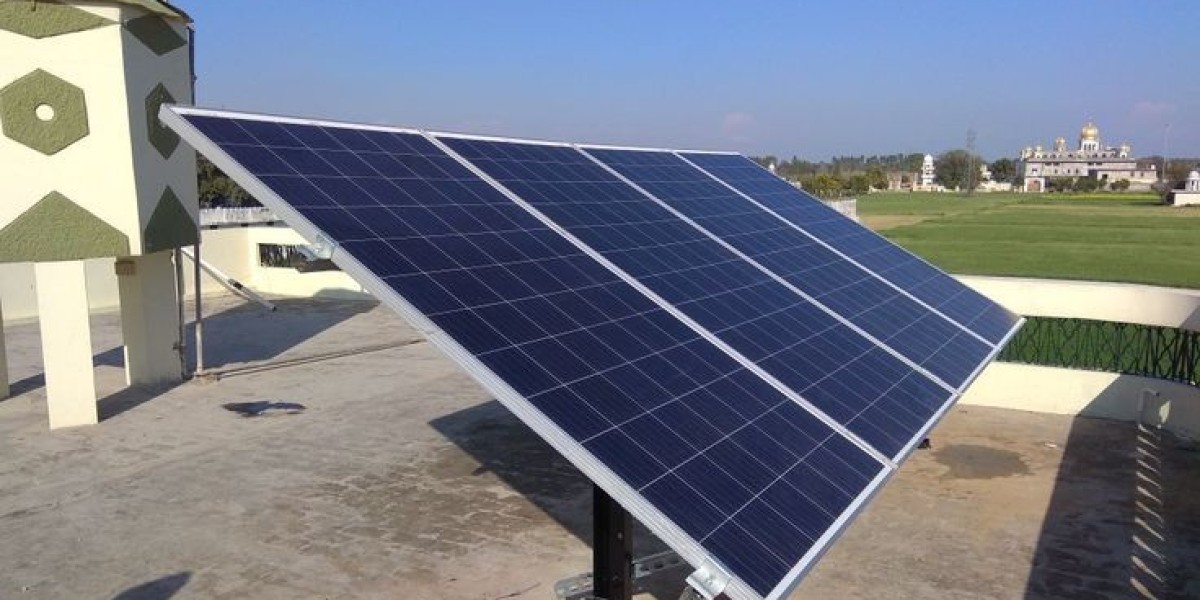In the realm of custom apparel decoration, screen printing and embroidery stand out as two popular techniques that offer distinct advantages and aesthetic qualities. Whether you're looking to create branded merchandise, personalized gifts, or team uniforms, understanding the intricacies of screen printing and embroidery can help you make informed decisions about which method best suits your needs. This comprehensive guide explores the processes, applications, benefits, and considerations associated with screen printing and embroidery in the world of custom apparel.
Introduction to Screen Printing and Embroidery
Screen printing and embroidery are versatile techniques used to decorate fabrics and garments with custom designs, logos, text, and artwork. Each method offers unique characteristics that cater to different preferences, styles, and purposes. Both screen printing and embroidery have evolved over time, incorporating advanced technologies and materials to achieve high-quality results that meet the demands of various industries, from fashion and retail to corporate branding and promotional merchandise.
Screen Printing: Process and Characteristics
Screen printing, also known as silk screening, is a popular method for producing vibrant, durable designs on apparel and textiles. The process involves creating a stencil (or screen) for each color in the design and using it to apply layers of ink onto the fabric. Here's an overview of the screen printing process and its key characteristics:
Design Preparation: The process begins with preparing the artwork or design digitally. Each color in the design requires a separate screen, which is prepared by coating a fine mesh screen with a light-sensitive emulsion and exposing it to UV light through a film positive of the design.
Screen Preparation: Once exposed, the emulsion hardens where the light hits it, creating a stencil of the design on the screen. The unexposed areas are washed away, leaving open mesh areas through which ink can pass.
Printing: The screen is placed over the garment, and ink is applied to the screen using a squeegee. The ink is forced through the mesh screen onto the fabric, creating the design. Multiple screens (one per color) are used sequentially to build up the complete design.
Curing: After printing, the garment is passed through a conveyor dryer or heat press to cure the ink and ensure it adheres permanently to the fabric. Curing also enhances the durability of the print, making it resistant to washing and wear.
Benefits of Screen Printing:
Vibrant Colors: Cap Screen printing allows for vibrant, opaque colors that stand out on dark or colored fabrics.
Durability: Prints created with screen printing are highly durable and long-lasting, making them ideal for apparel that will undergo frequent washing or outdoor use.
Cost-Effective: Ideal for large quantities of identical prints, as the setup costs are amortized over the number of garments printed.
Versatility: Suitable for a wide range of fabrics, including cotton, polyester, blends, and more.
Embroidery: Process and Characteristics
Embroidery involves stitching thread directly onto fabric to create designs, logos, or text. This method adds texture and dimension to garments, making it a preferred choice for creating sophisticated and durable custom apparel. Here’s an overview of the embroidery process and its key characteristics:
Digitizing the Design: The process begins with converting the artwork or design into a digital embroidery file using specialized software. This file dictates the stitching path and thread colors used during production.
Hooping: The fabric is hooped tightly in an embroidery hoop, which holds it securely in place while the machine embroiders the design.
Stitching: An embroidery machine moves the hooped fabric in precise patterns, stitching the design using colored threads. Multiple thread colors can be used in a single design to create intricate details and shading.
Finishing: Once the embroidery is complete, excess threads are trimmed, and any backing material used to stabilize the fabric during stitching is removed.
Benefits of Embroidery:
Professional Appearance: Embroidery creates a polished, high-end look that adds perceived value to garments.
Durability: Embroidered designs are resistant to fading, peeling, and fraying, making them suitable for long-term use.
Textured Effects: Adds texture and dimension to designs, enhancing the tactile appeal of custom apparel.
Versatility: Suitable for a wide range of fabrics, including polo shirts, jackets, caps, and bags.
Choosing Between Screen Printing and Embroidery: Considerations
Design Complexity: Screen printing is ideal for bold, graphic designs with distinct colors, while embroidery excels in intricate logos and text.
Quantity: Screen printing is cost-effective for large quantities, whereas embroidery is often preferred for smaller batch sizes.
Fabric Type: Consider the fabric's texture and composition, as some fabrics may be better suited to screen printing (e.g., cotton) or embroidery (e.g., fleece, knitwear).
Budget: Screen printing may offer lower costs per unit for larger orders, whereas embroidery may have higher setup costs but lower costs for smaller quantities.
Applications of Screen Printing and Embroidery
Corporate Apparel: Logos and branding on uniforms, polo shirts, and jackets.
Promotional Merchandise: T-shirts, tote bags, caps, and accessories for events, giveaways, or retail sales.
Team Apparel: Jerseys, hoodies, and caps for sports teams, clubs, and organizations.
Personalized Gifts: Customized apparel and accessories for special occasions such as weddings, birthdays, and holidays.
Conclusion
In conclusion, screen printing and embroidery are versatile techniques that empower businesses and individuals to create custom apparel with distinct designs, logos, and text. Each method offers unique benefits in terms of design flexibility, durability, and aesthetic appeal, catering to different preferences and requirements in the world of custom apparel decoration. By understanding the processes, characteristics, benefits, and considerations associated with screen printing and embroidery, you can make informed decisions to achieve impactful and memorable custom apparel solutions for your personal or business needs. Whether you're looking to promote your brand, celebrate a special occasion, or outfit a team, screen printing and embroidery offer endless possibilities to bring your creative visions to life on fabric.









